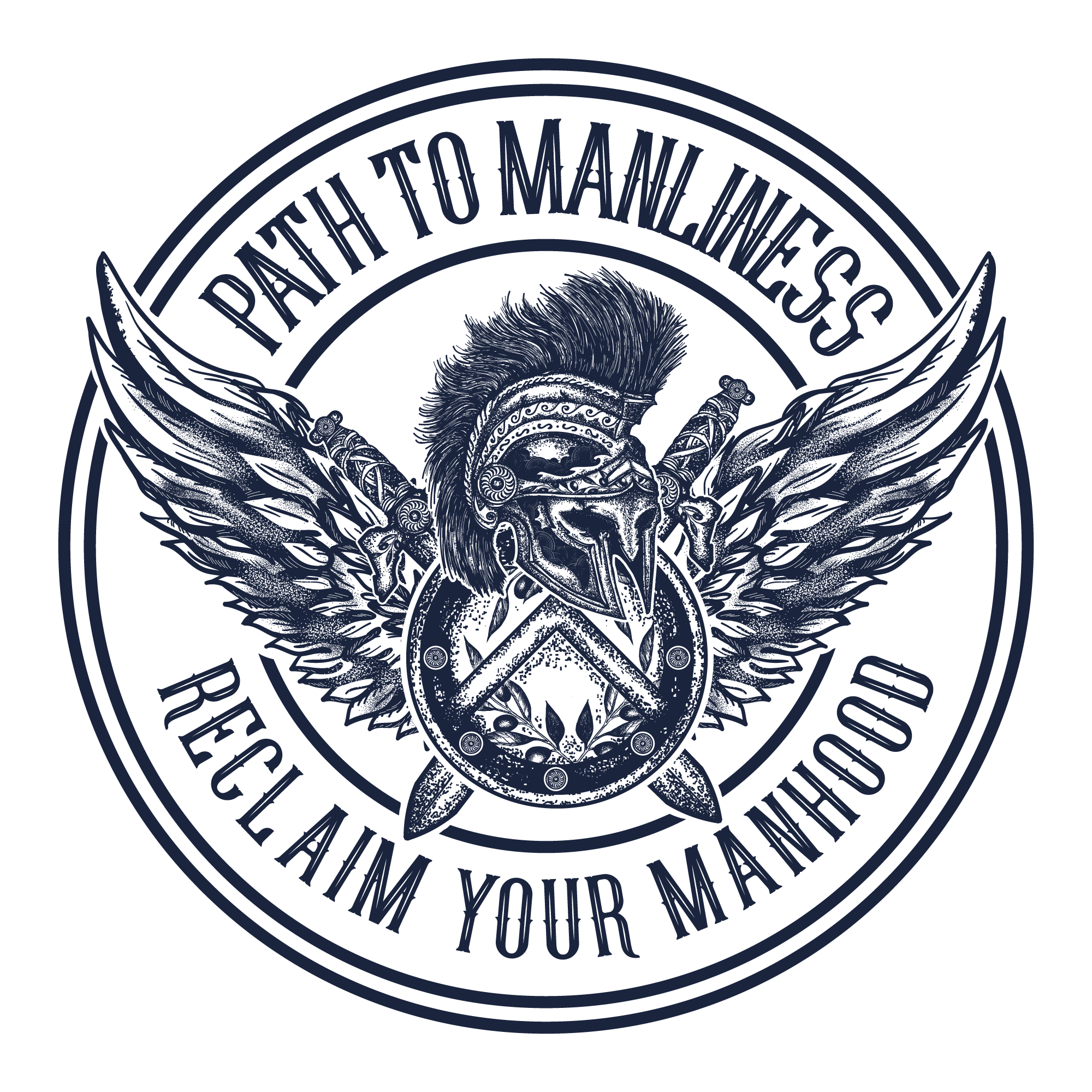What is the Helm of Awe?
Aegishjalmur
The Helm of Awe is an ancient Norse symbol that goes by a few names, the Helm of Awe, Aegishjalmur, Viking Compass, coming from the Viking era. The name Aegishjalmur is derived from the God of the ocean of Jotunheim, Aegir. Jotunheim is the land of the frost giants, one of the nine realms of Norse mythology. In the Poetic Edda, the Helm of Awe makes an appearance when the dragon Fafnir claims that he derives invincibility from bearing the symbol.
The Helm of Awe
I wore before the sons of men
In defense of my treasure;
Amongst all, I alone was strong,
I thought to myself,
For I found no power a match for my own.
In the Viking era, warriors would wear the symbol between their brows as a sign of strength in battle, believing, like the dragon Fafnir, that it would grant them victory in battle. The trident looking arms of the symbol are Z runes which symbolize protection and victory in battle. The Helm of Awe was also said to provide mental and spiritual protection as well as physical. The circle in the center is meant to symbolize the protection of those bearing the Helm of Awe.
Though maybe a coincidence, there are a couple other ancient symbols that bare some resemblance. In Buddhism, the dharma wheel, which protects the hearth and is said to be the pathway to enlightenment also has 8 spokes in a circular shape.
There is evidence of the Norse people migrating out of the Indian subcontinent, so the similarity is intriguing. Especially so when you consider that Norse warriors would usually place the Aegishjalmr between their eyes. The location of the third eye according to Indic beliefs. The third eye is said to see past the material world and into the spiritual world, and the Aegishjalmr is said to strike fear or awe in the hearts of enemies. Perhaps it is coincidence but the connection between these two peoples makes me question if there is validity to this claim.
Asatru
Along with the Triqueta, the Valknut and many others, the Helm of Awe is associated with the Asatru religion which is a modern-day version of the ancient Norse beliefs. The days of our week are even named after the Gods of this belief system. Sunday is the Day of the Sun. Monday is the Day of the Moon. Tuesday is Tyr’s Day. Wednesday is Wodan’s Day or Odin’s Day. Thursday is Thor’s Day. Friday is Frejya’s Day or Frigg’s Day. And finally, we have Saturn’s Day.
1973 was a big year for the revival of the ancient religion. The Asatru Free Assembly was founded in the United States and Iceland granted official recognition to the religion. Living a life of Asatru means adhering to the Nine Virtues of Asatru. They are as follows: Courage, Truth, Honor, Fidelity, Hospitality, Discipline, Industriousness, Self-Reliance and Perseverance.
“The most common of these occurrences for modern Pagans, is the courage to acknowledge and live one’s beliefs.” -www.RavenKindred.com
There is a lot of wisdom to be gleamed from the ancient texts that Asatruar use to guide daily life. You can find them in this article: The Havamal, The Poetic Edda, The Prose Edda, and a more modern take that may be more digestible for newcomers, Norse Mythology by Neil Gaiman. Gaiman takes the old tales or Norse myth and brings them to life in the form of a more modern novel. Now you may have seen Thor bring the hammer down, but you likely haven't heard him do it while wearing a dress. From Yggdrasil to Ragnarok, this is a book that is hard to put down and it is the perfect gateway into Norse Mythology.
Asatru is an ancient religion that once dominated Northern Europe and the seas around it, but in the past few decades, it has seen a newfound resurgence and is continuing to grow. Why that is, I do not know. Personally, I love its connection with nature. I feel we have lost touch with our roots and perhaps this is a grasp at reconnecting with nature, our natural habitat.
As for the Helm of Awe, personally? Well, it is a symbol to which I was naturally drawn. It is simple and mysterious, but it has a great meaning behind it. It sort of works as a subtle message to others who follow the Asatru beliefs, and it really is more belief than religion. Honestly its complicated and I feel it has vastly different meanings for different people.
You may have noticed I do not bear the symbol as a tattoo on my forehead. I wear it on a ring just about every day, and get a lot of comments and questions on it. I have been surprised how many know what it is and how many even have tattoos of the Helm of Awe.
It is a symbol that evokes confidence, strength and a connection to nature, through the Asatru beliefs.






